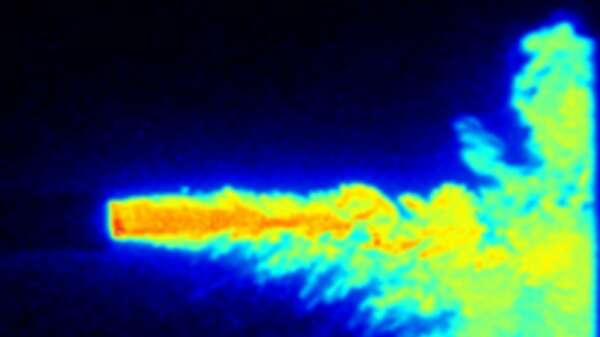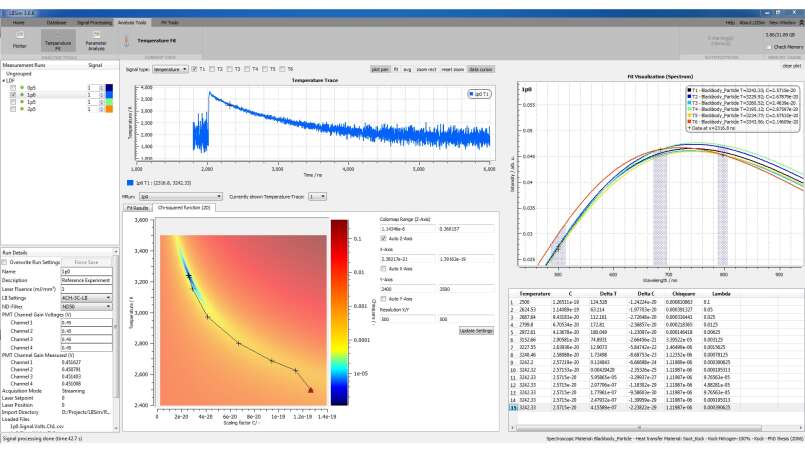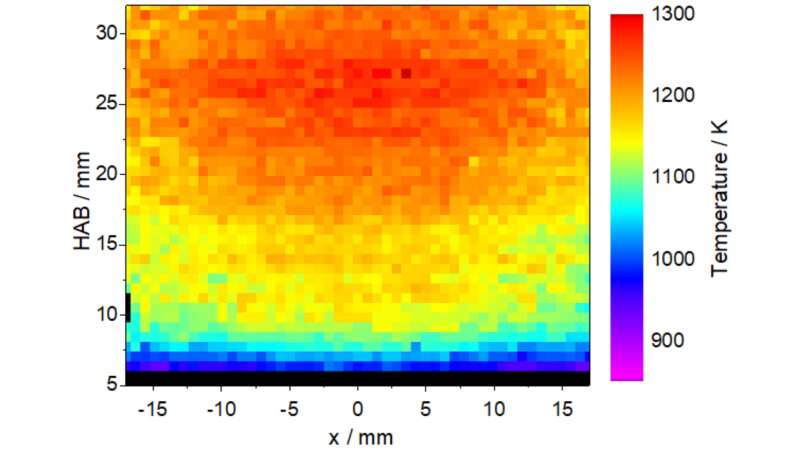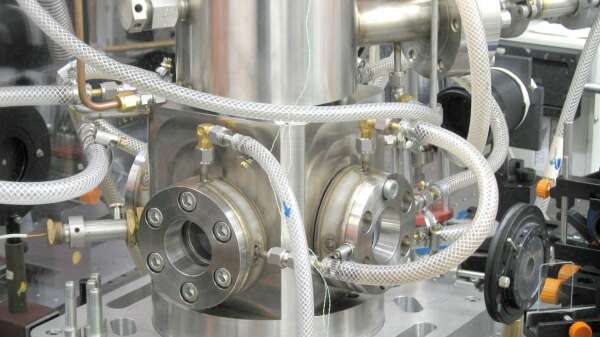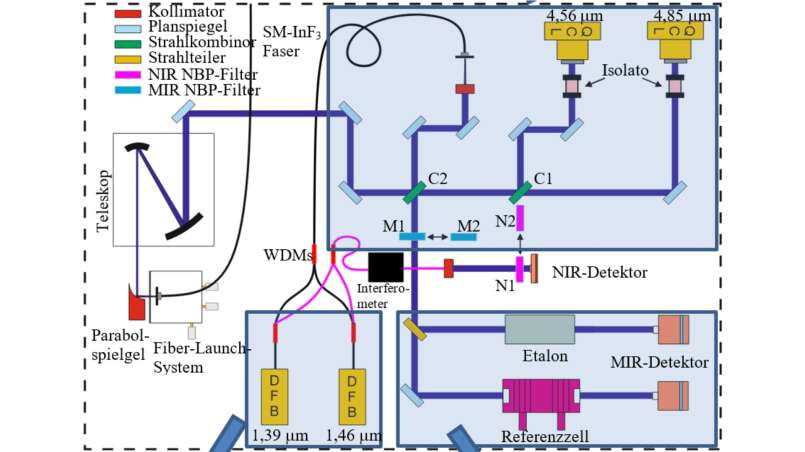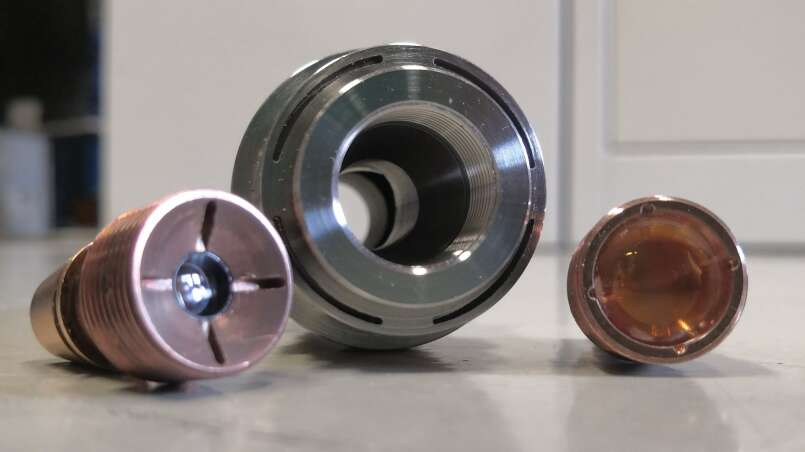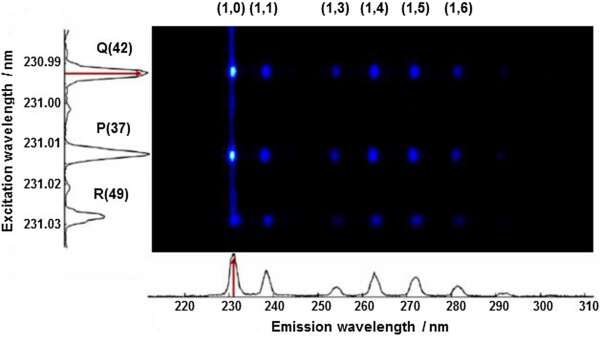Applied Spectroscopy
The research group "Laser Measurement Techniques," led by Dr. Torsten Endres, focuses on developing and practically applying spectroscopic diagnostic methods for use in combustion systems and reactive flow processes. This includes laser-based techniques such as Rayleigh scattering, spontaneous Raman scattering, laser-induced fluorescence (LIF), laser-induced incandescence (LII), and diode laser absorption spectroscopy.
...
The group conducts fundamental experiments to enable the quantitative interpretation of measurement data in complex situations. This involves determining the fluorescence lifetimes of small molecules (e.g., OH radicals, formaldehyde, toluene, naphthalene), providing insights into intra- and intermolecular energy transfer processes that affect signal intensities and spectra. Another example is measuring light absorption in aqueous solutions within the near-infrared spectral range. Additionally, the group advances laser-optical techniques (LII) for measuring the size of gas-borne nanoparticles, such as soot in engines or nanoparticles produced in synthesis reactors.
The measurement methods are employed to determine key parameters in flames and other technically relevant environments. A major focus is on imaging techniques that visualize desired quantities across a process cross-section, aiding in the understanding of mixing, reaction, and flow processes. For instance, the thickness and temperature of aqueous liquid films are measured using absorption spectroscopy with tunable NIR diode lasers to observe rapidly evaporating liquid films on hot surfaces in a time-resolved manner. Another example is the non-contact quantitative determination of heat release in turbulent flames using imaging LIF of OH and formaldehyde, as well as time- and spectrally resolved chemiluminescence (OH*, CH*, CO2*).




